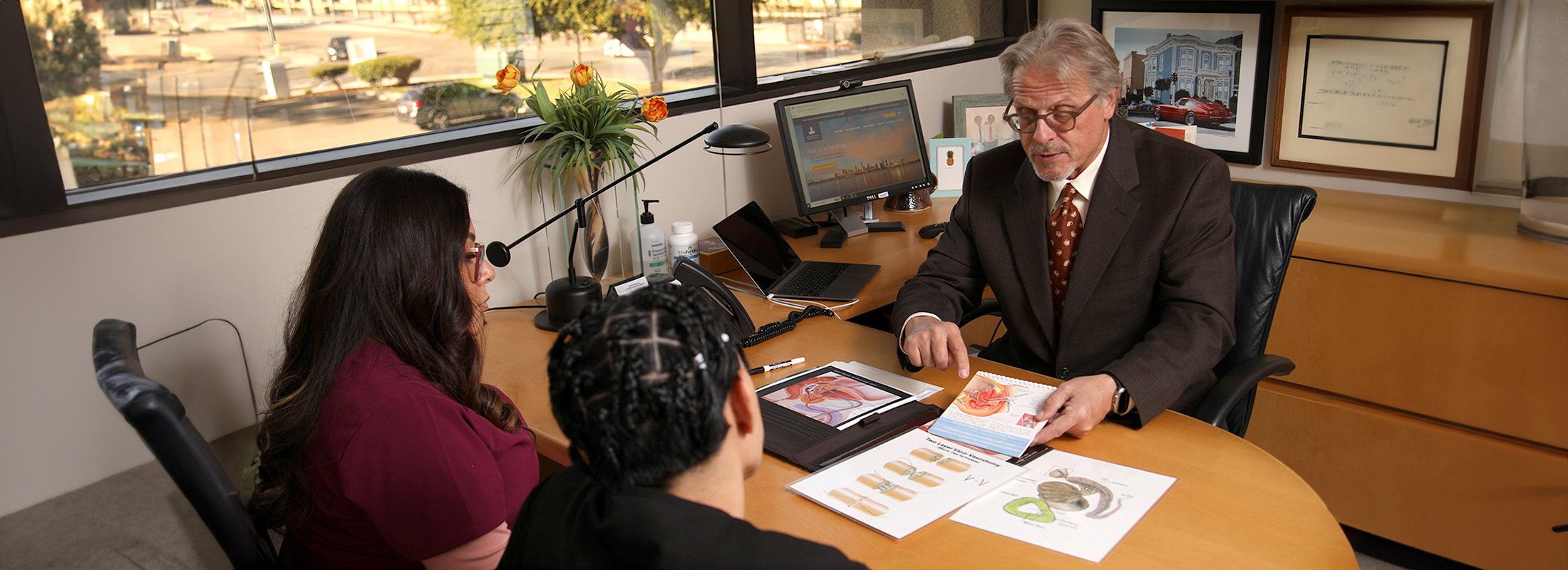The Fertility Center of California
The Fertility Center of California (FCC) is the sister company of Sperm Bank Inc. Established in 1980, FCC has earned international recognition as a leading fertility treatment and cryopreservation center. Our dedicated team is committed to delivering unparalleled care to every patient we serve. We understand that navigating infertility can feel overwhelming, but rest assured, we are here to support you at every step.
At our center, we take a unique and holistic approach, considering the full picture of our patients' needs. Our focus extends beyond identifying the best treatment option and encompasses understanding and respecting our patients' desires as well. This patient-centric approach ensures that we tailor our services to meet both medical requirements and individual preferences, providing comprehensive and personalized care to all. With two locations in beautiful Orange County and San Diego, California, FCC is committed to assisting our patients in achieving their dreams of parenthood.
Fertility Care Options
Infertility care begins with testing and analysis to diagnose possible causes of infertility.
Once testing is complete, you can choose the appropriate next step and move forward with procedures that match your unique situation. All of the testing and procedures performed in our andrology lab, use state-of-the-art equipment and today’s latest technologies.
Whether you are interested in artificial insemination, semen analysis, gender selection, male fertility or vasectomy reversals we have more information for you on the following pages.
Request a Consultation with FCC
- Male infertility is the sole or contributing cause of infertility nearly 40% of the time. At our partner practice, MFS, a board certified urologist with specialized training in male reproductive health can perform advanced male fertility testing and diagnosis.
- Female Fertility Testing
The results of semen analysis are the central component in male fertility testing. We offer comprehensive semen testing and partial analysis at our laboratories. Learn more about semen analysis procedures.
Artificial insemination is a highly successful alternative method of achieving pregnancy. The Fertility Center of California offers both intrauterine insemination (IUI) and intracervical insemination (ICI). Learn more about artificial insemination.
Gender selection is a tremendous help to couples that want a boy or girl for medical or personal reasons. While there are no guarantees, thousands of healthy babies have been born using sex selection techniques. Learn more about sex selection.
ICSI (intracytoplasmic sperm injection) is a procedure used with IVF when there is severe male factor infertility and/or a woman's eggs has difficulties being penetrated by sperm for fertilization.
It is not uncommon for males with a vasectomy to have a change of heart and want more children. A vasectomy reversal is a quick and affordable procedure with high success rates for restoring male fertility. Learn more about vasectomy reversal surgery.






